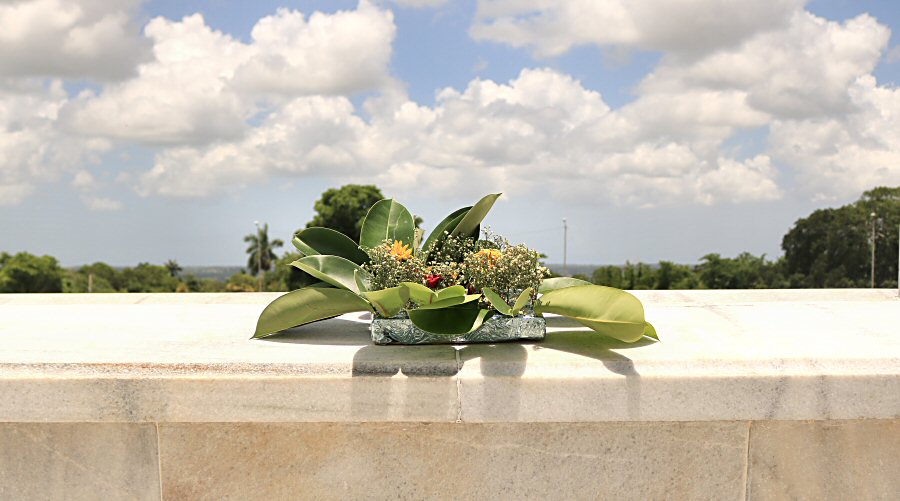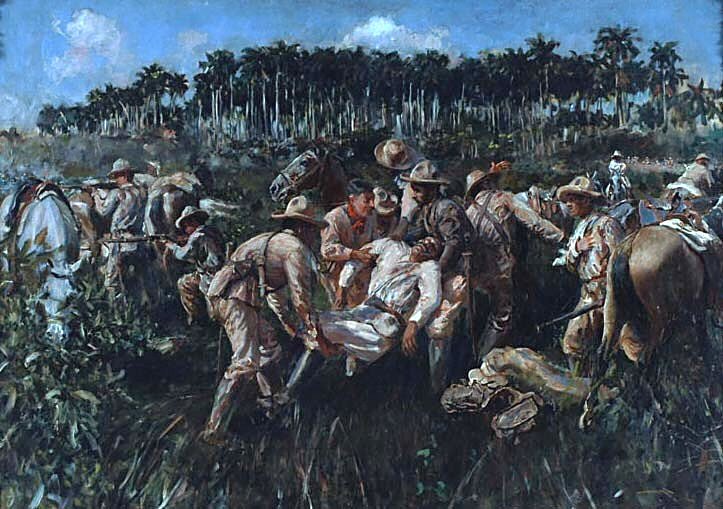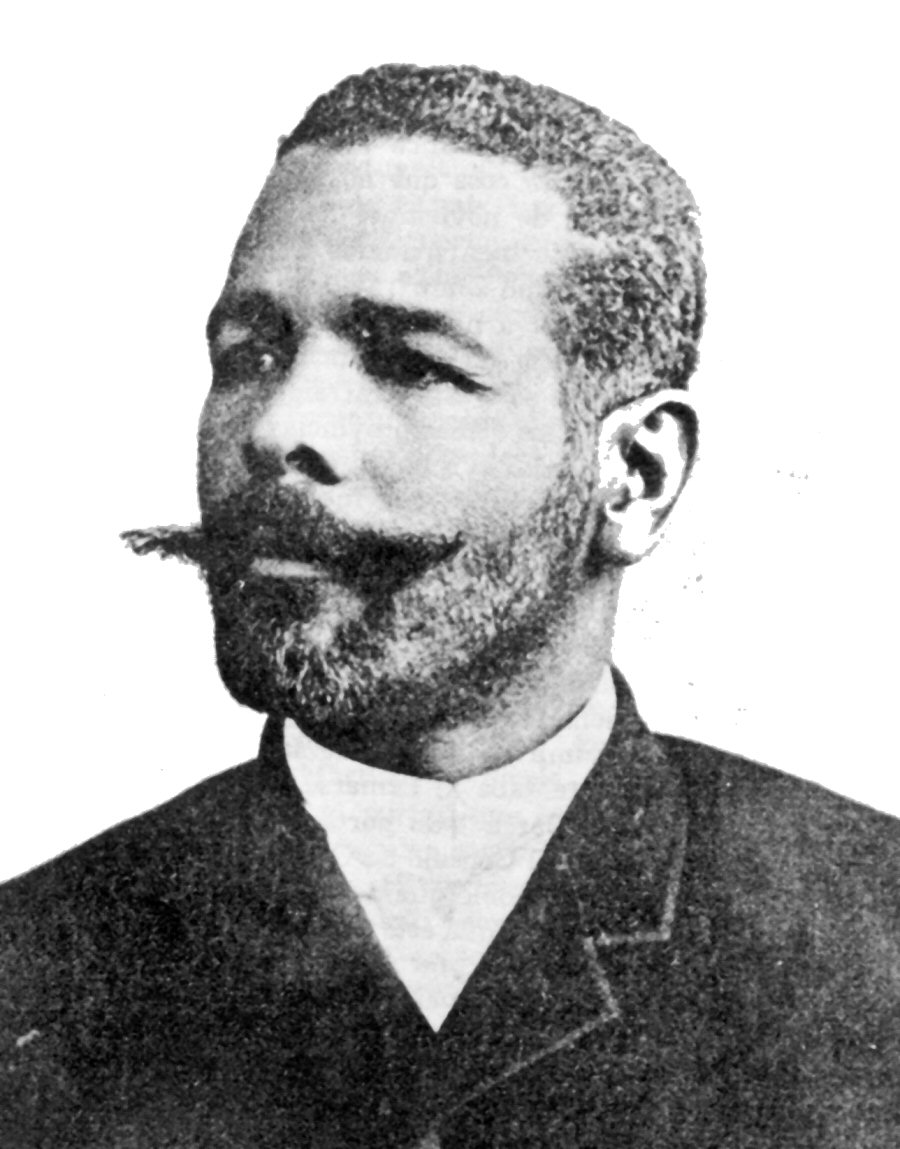
The rebel officers were disorganized, and many Cuban officers fled the battlefield with various excuses. Lieutenant Colonel Juan Evangelista Delgado González, head of the Santiago de Las Vegas cavalry regiment, knew that when the Spanish realized who the lifeless bodies they were carrying were, the outrages would be greater, so that the bodies had to be rescued without delay. He thought also that the discovery of Maceo's body would improve the morale of the rebels. Eighteen men from various groups responded to his call to rescue the bodies. The group raced to where Maceo had fallen. After an intense and desperate search, the small group, under the command of Captain Miguel Hernández, found the bodies of Maceo and Toro in tatters, having been stripped and then dragged along the Guatao road, being tied to the tails of horses. Since the bodies were not identified until yet and the Spanish were tired of carrying the bodies, they were abandoned. Juan Delgado identified the bodies with the help of Cayuco Herrera, so they immediately loaded the bodies onto horses and carried them away from the battlefield. After passing by the Montiel farm and making another brief stay further on, they arrived at the Lombillo farm, which was about 4,5 kilometers from San Pedro farm.

The abandoned house on the Lombillo estate that has been converted into a funeral chapel. White the lifeless bodies were exhibited, four rustic candles were lit and constantly renewed so that the light was never lacking. The honor guard remained until late into the night and the commanders, officers, and soldiers constantly paraded around the lifeless bodies of the general and his aide.
The rescue operation was a significant victory for the rebels, a great feat of high moral prestige for the entire Cuban concentration in San Pedro, which, at one point, contemplated the end of the war. Otherwise the action at San Pedro would have gone down in history as a demoralizing defeat for the Cuban rebels, and the lifeless bodies of these patriots in the hands of the enemy would have been displayed as one of the most important trophies of the war.
On the other hand, Delgado knew it was crucial to keep the location of Maceo and Toro's graves secret, otherwise the Spanish would exhume them for display. Late at night, they decided to bury the bodies in a more remote location. Initially, the burial site was thought to be Ramón Valiente's farm, known as Finca Govea, but the area was a frequent destination for the Spanish. Finally, at Juan Delgado's suggestion, they decided to deliver the bodies to Delgado's uncle, Pedro "Perico" Pérez Rivero, and his sons, Leandro, Romualdo, and Ramón, who lived on the farm La Dificultad by the Loma del Cacahual, about 15 kilometers from the scene of the battle. Those present in the meeting were made to swear not to tell anyone else who the bodies were handed over to and roughly where they would be buried. According to the plan, only Pedro and his sons would know the location of the graves. The Pérez family were simple farmers living alone in that densely forested area.
In the early hours of the morning of December 8, Pedro received the bodies and chose a bushy area around a ceiba tree as a burial place, where they were sure no one could see. It was the site where the current monument stands in El Cacahual. By working all night, they managed to bury the bodies before it got bright. Later, due to Weyler's reconcentration, the family was forced to live in Bejucal, but Pedro came to the farm from time to time to ensure that the signs indicated the location of the grave were not destroyed.
Where Antonio Maceo and Francisco Gómez Toro were buried was kept a secret for a little over three years until the war ended. This incident is known as The Pact of Silence. The existence of the graves ceased to be a secret after General in Chief Máximo Gómez visited Pedro Pérez's property and showed respect to the graves.
On December 17, 1899, the remains were unearthed and exhumed in the presence of the family members, comrades in arms, and a Commission formed by General José Lacret Morlot and General in Chief Máximo Gómez. At the same day both generals visited San Pedro and marked the spot where Maceo and Panchito fell with a yaba cross, which still remains. The yaba is a wild tree with oval leaves, small violet flowers and yellow fruit, whose bark is used as a vermifuge, and whose hard, durable wood is used in construction.
In 1954, the idea of creating a monumental area emerged which would contain the places where Maceo fell and was buried. However it wasn't until December 7, 1986, that the Antonio Maceo Monumental Complex was inaugurated, an artistic project by renowned sculptor José Delarra and architect Fernando Salinas. It was declared a National Monument in 1991.

The Complejo Monumentario Antonio Maceo, José Antonio de la
Caridad Maceo y Grajales, encompasses all the monuments
located in close proximity to each other, where Major
General of the Liberation Army was killed, rescued from the
Spanish, and buried.
Visiting all of these historical sites, the farthest from
each other approximately 15 km (9 km as the crow flies), is
significant for understanding the heroism and respect shown
by the country to a legendary patriot who, despite suffering
countless wounds, never gave up his fight for independence,
earning him the nickname "Titan."
This complex of monuments, which has undergone numerous
changes and has withstood the ravages of time, was opened to
the public in its final form in 1986.
HISTORY
The Cuban War of Independence, which lasted from 1895 to 1898, is the last of three liberation wars that Cuba fought against Spain, the other two being the Ten Years' War (1868–1878) and the Little War (1879–1880).
 After
months of preparation, the Cuban Liberation Army took action
to reach the western tip of the island and expand the war of
independence to the rest of the country. The contingent,
consisting of several thousand poor armed men under the
command of Major Generals Máximo Gómez and Antonio Maceo,
departed from Mangos de Baraguá and reached the province of
Pinar del Río, located at the western tip of the island, in
January 1896. Upon the rebels' arrival, General Gómez,
taking some of the occupying forces, headed towards the
opposite direction, leaving General Maceo with the remaining
troops in Pinar del Río.
After
months of preparation, the Cuban Liberation Army took action
to reach the western tip of the island and expand the war of
independence to the rest of the country. The contingent,
consisting of several thousand poor armed men under the
command of Major Generals Máximo Gómez and Antonio Maceo,
departed from Mangos de Baraguá and reached the province of
Pinar del Río, located at the western tip of the island, in
January 1896. Upon the rebels' arrival, General Gómez,
taking some of the occupying forces, headed towards the
opposite direction, leaving General Maceo with the remaining
troops in Pinar del Río.
During that year, both Cuban generals achieved significant
victories in their respective campaigns.
However, towards the end of 1896, a series of disputes
erupted within the Guáimaro Assembly which was governing the
rebels. As tensions grew more severe, General Gómez
personally requested General Maceo's intervention in the
matter.
This time, the rebels under the command of General Maceo
left Pinar del Río to meet the government of the rebels in
the east of the island. When they reached Havana territory,
General Maceo wanted to meet with the Revolutionary Junta at
a campsite in Havana. Baldomero Acosta, a Cuban mambi who
had participated in various armed uprisings alongside Major
General Antonio Maceo Grajales, chose Potrero de San Pedro
(Paddock of San Pedro) as the campsite, a ranch located on
the outskirts of Marianao, a small town close to Havana. He
chose this location both because he knew the area well and
because he was a friend of the owner of the Bobadilla
estate, Federico Hernández Hidalgo (known as "El Gato”). The
ranch was therefore called San Pedro de Hernández. Maceo
used Hernández as his newspaper delivery man from the
capital.
On the morning of December 7, 1986 General Antonio Maceo
arrived with a small group of combatants at the San Pedro
camp where around 430 men were concentrated.
On the same day at 14:55, they were raided by the Spanish troops. In the midst of the action, General Antonio Maceo launched into combat with only 45 men. On the way to the battle, a wire fence got in his way, so he assigned some rebels to cut it down. His lack of topographical knowledge led him to the Bobadilla quarter, where he arrived with a small group of men, as the rest had been left behind cutting the wire fences. From that moment on, General Antonio Maceo became an open target, since only a few meters away, behind the stone fences, were the Spanish forces, which could be clearly seen. Soon, under a heavy rain of bullets, General Antonio Maceo was shot in the jaw and his carotid artery was severed. Antonio Maceo, hit by bullets, fell from his horse and died in the Bobadilla quarter. His lifeless body was left alone at the mercy of the enemy, in the middle of the confrontation between the Mambi forces and the Spanish troops.
With the death of General Antonio Maceo, great confusion
erupted within the insurgent high command both morally and
organizationally. Very soon, the place where Maceo had been
killed, became a hunting ground. The position became
completely untenable. The Mambi casualties were mounting,
and soon the group was almost decimated. Young Lieutenant
Francisco Gómez Toro, son of Major General Máximo Gómez, who
went in search of his commander and wanted to remove Maceo's
body from the field, became an easy target for bullets, fell
wounded, and was finished off with a machete blow to the
head by one of the Spanish soldiers. Many rebels made heroic
efforts to remove the body from that spot. Maceo's body,
weighing 100 kg, was the main obstacle. All attempts, one
after another, were failing.
The first step of the monumental complex, the Monument to Maceo in San Pedro can be arrived by following Carre Central de Cuba (Avenida 51) first, and then Autopista La Habana - San Antonio de los Baños (Road 101).